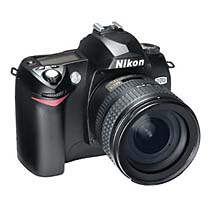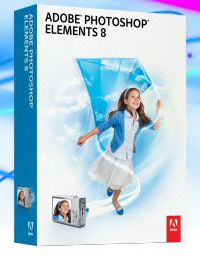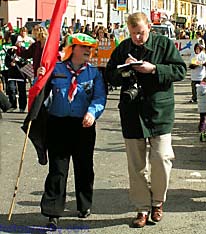Common Questions about Photography
We answer questions both from our students and the public relating to photographic matters, and why not, that’s what we’re here for. Most of these questions are the same over and over again. Here is a selection of the most common questions we are asked.
I want to take good quality photos with the intention of eventually making money from my camera. What type of camera would I need and what are the important features I should look for?
Answer: This is the 6 million dollar question and with all the different makes and models on the market today, it is no wonder many people are confused. However there are one or two basic features to look for.

Despite all the advanced automated features now found in cameras, the most important feature the camera should have is a full Manual Exposure Mode. This gives the photographer full control of the cameras exposure functions. The other automated exposure controls only give partial control, which is fine most of the time. However with full manual exposure control the image can be exposed to suit the way the photographer wants the image presented and allows overriding of the system in tricky lighting situations.
Though nearly all cameras now have auto focus, manual focus is also a great benefit in some situations. When dealing with full control of depth of field, manual focusing is sometimes vital.
The design of camera can be important. The SLR camera design is by far the most popular for both professional and serious amateur. However some fields of photography specify larger format cameras for even better quality reproduction.
If you would like to fully understand how to use the manual functions in your camera, take our Basic Photography Course.
If you want to know exactly what photographic equipment you will need to earn money from your photography take our Freelance Photography Course.
What kind of camera is most suitable for the School of Photography.com courses?
Answer: Pretty much the same answer as above. The camera must have full a Manual Exposure Mode. The course is based on the DSLR camera design but is relevant to all cameras where full control can be achieved. This now includes many digital compact cameras as many of these now have full manual exposure control.
 |
Do I need Adobe Photoshop in order to get the best quality from my photos?
Answer: In short; no. Adobe Photoshop is a professional program that has a wide range of uses, not just still photography. Therefore it has many features, a good proportion of which the still photographer would never use. This versatility makes it popular but complicated and expensive.
There are a good number of digital image editing programs that are directed at the still photographer and are much more reasonably priced and user friendly. Just one example would be Adobe Photoshop Elements.
Photoshop Elements is aimed directly at the still photographer and can even be used on a professional basis. The difference between this program and the full Photoshop program is a lot of options that would not be a concern to the still photographer have been removed. This makes the program more user friendly and competitively priced.
Learn how to use and get the most from your image editing program, in particular Adobe Photoshop Elements with our Digital Imaging Course.
How can I make money from photography?
Answer: There are a number of ways of making money from photography. The real question you must ask yourself though is how much commitment you are willing to put into it? On the surface of investigating the various ways of earning money from photography, it seems easy. However you must be suitably prepared to handle whatever sort of photographic practice you intend to pursue professionally.
One example would be to look at taking commissioned photos. What is meant by this is being hired to take photographs for whatever reason. The most common of these is the portrait studio photographer. Their trade is studio portrait, wedding and occasional photography.
You could start out in this field small by doing jobs for friends and acquaintances. It would not be necessary to start with a studio but if this is the type of work you want to do, plan for one. Initially you can start by taking formal family photos in their own home. Occasions such as birthdays and religious ceremonies such as weddings, baptisms, confirmations etc. are bread and butter incomes for the studio photographer.
 |
Photojournalism is another avenue to explore. The best way to start in this area is again start small. Investigate small publications such as community newspapers or local club newsletters. Go to local events such as school and minor league sports events, community picnics etc (the kind that a professional photojournalist won’t bother with). Take plenty of photos of people, even ask them to pose.
Get in touch with the editors of the newpapers you have targeted and show your images immediately after each event. If they are interested they may buy them or better still ask you to go to a specific event to take photos
Specialist Photography – Think of any photographic practice and you have a specialist field – landscape, sport, architecture etc. These areas all have avenues of photographic sale. The best way to start here is to submit your images into a photographic agency. These are agents that sell photos to publishing houses for anything from advertising to reference books.
Learn about everything that is needed to succeed as a professional freelance photographer as well as learning to take photos that will sell, join our Freelance Photography Course.
